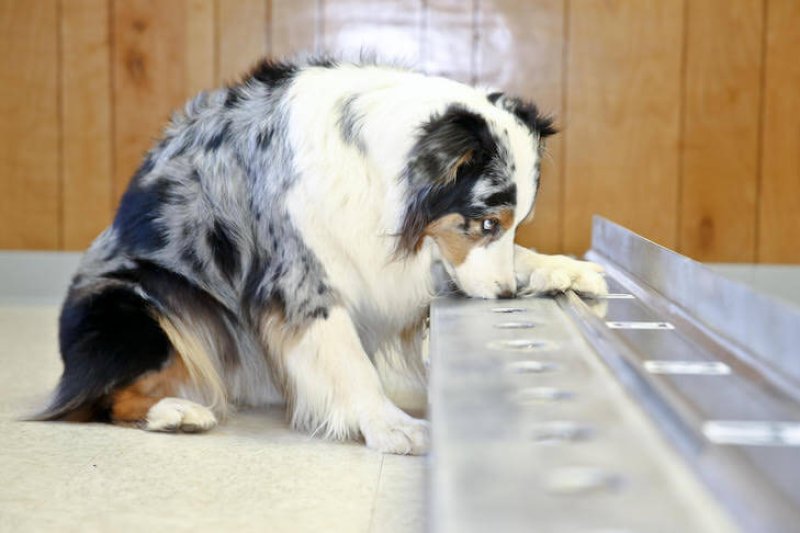The ultimate goal was to develop an instrument that mimicked the abilities of a dog’s nose—a tool to detect the undetectable.
And that’s exactly what a group of scientists in Philadelphia is trying to do—a group that [ophthalmologist Jody] Piltz-Seymour had a hand in assembling. Creating such a device—one that could save the thousands of patients who die from ovarian cancer every year—requires a specialized team: an oncologist, a chemist, an experimental nanophysicist, a veterinarian, and a band of highly-trained dogs.
…
“If we could come up with an instrument that was as good as a dog, or even approached a dog, I think in the long run that would be a better solution,” [researcher Charlie] Johnson says. And that’s exactly what he’s done.
…
Depending on the type or amount of [volatile organic compounds] present in the vapor sample, the pattern of electrical charges will be different—telling Johnson’s team if a sample is ovarian cancer-positive or not. At this stage, the prototype is still not up to snuff. “The dogs are still the best,” Johnson admits, but adds, “We have a system that can detect correctly somewhere between 90% and 95% of the time.”































